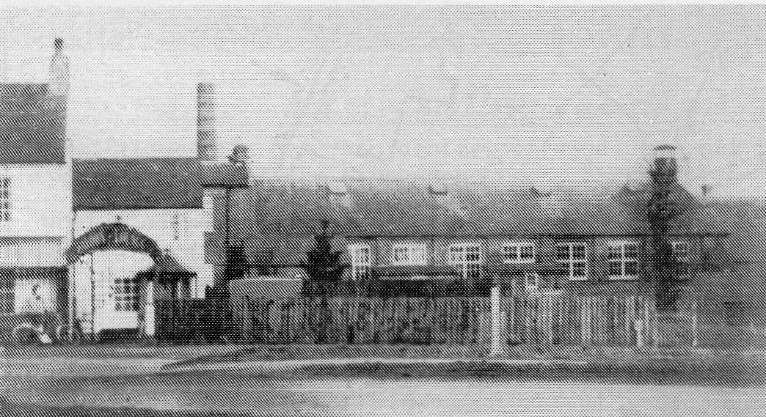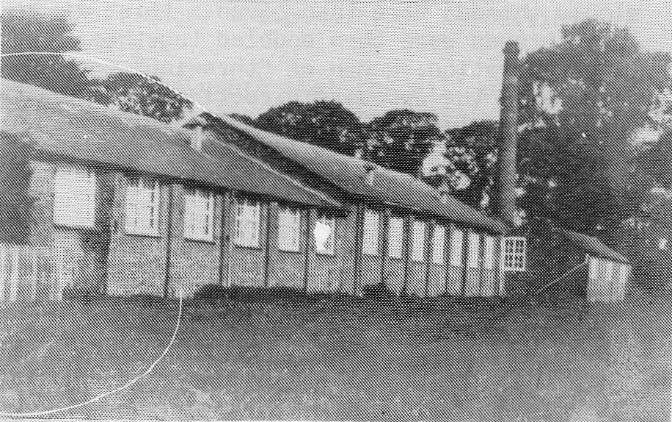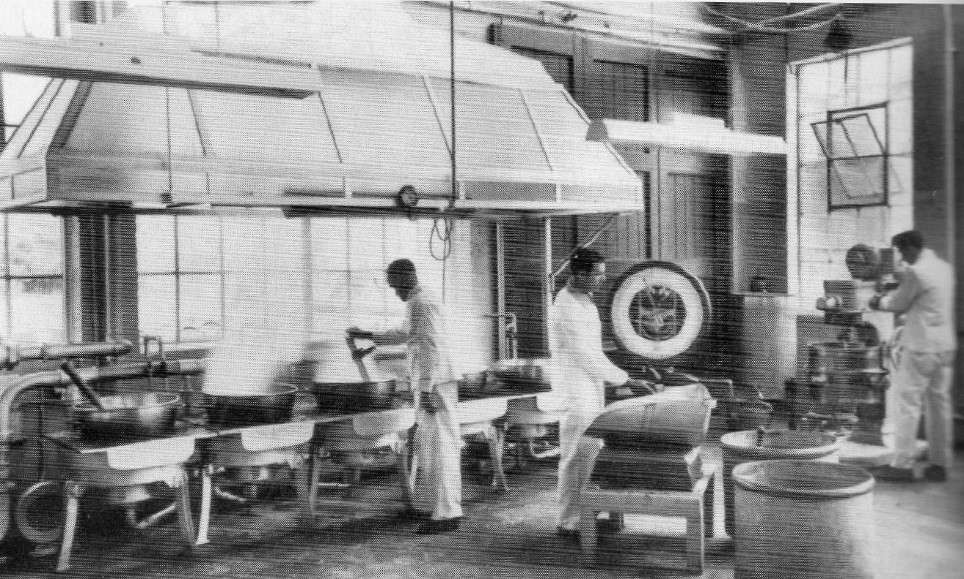Common Road The Museum/ Silk Mill/ Tea Factory

This house was built in the early 19th century of purplish brick in a Flemish bond. The openings of the windows and doors have red brick segmental openings. The roof is constructed from Welsh slate and the chimney stacks are brick. The house has 2 storeys with 3 bays and an added outshut on the left. Inside there are some panelled doors and panelled sections below some of the windows. The stairway still has some stick balusters.

In 1804 John Woollam converted the Abbey watermill in St Albans to steam power in order to process silk. Then in 1857 he bought, for £135, land from George Burchmore to build a new steam silk mill overlooking the Common in Redbourn. The land was being used by George Webb of the Dairy Farm who received £5 compensation. Lots of conditions were laid down – siting of windows, height of chimney and location of any subsequent development. The mill ran along the back of the Cricketers pub. A bell was installed to summon the workers. It was made in 1858 by John Warner & Sons of London.
John’s son Charles took over the running of the mill in about 1867. The mill managers lived in the house attached to the mill (now the museum). The mill was sold in 1906 to John Maygrove Co. Ltd. The mill closed in 1938 when new fabrics such as rayon and later nylon superseded silk.



The workers in the mill were largely the women and children of the village. Since the Factories Act of 1844 only children over the age of 8 (to be proved by a doctor’s certificate) could be employed. It was a 10 hour day and later, schooling (three hours a day on alternate days) had to be organised. In 1861, there were 48 workers, increasing to 122 in 1891 from the Redbourn census returns. The total numbers were probably higher due to incomplete census returns or no information in occupation section (would have included spinster, silkster, throwster, weaver and winder). The majority of the workforce were aged 11-15, these young people had the job of winding or throwing the fine silk strands. There were more girls than boys (2:1). Most of the older workers were female as well and St Mary’s marriage records pre 1887 record 33 weddings in 29 years from this group.
The village still remembers the Woollams. The family gave a field called ‘The Brache’ beside the common for allotments part of this was used in 1926 for the Almshouses –Woollams!

Brooke Bond came to Redbourn during World War II when they evacuated their factory in the East End of London. They extended the factory when they built three large packing sheds.


Brooke Bond Oxo was the largest single employer in Redbourn from the 1940’s. The company employed between 350 and 400 people on average. At the factory the main job was roasting the coffee beans, crushing them and packing them into jars which are then sealed. The tea came from many parts of the world including India, China and some parts of Africa. It was mixed in many different ways to make different blends of tea. The tea and coffee are then ready to be sent out to their depots across the country or sometimes as a special order, straight to the shops.
It was always said that Brooke Bond looked after their employees very well and had an open air swimming pool in the factory. In fact they used excess heat from the factory to heat the water in a septic tank!
They also had their own social club and organised many activities for their employees.




The factory was closed in 1996. The original manager’s house was not demolished along with all the other buildings. Instead it was given to the village as a museum.
The site was developed into housing.
